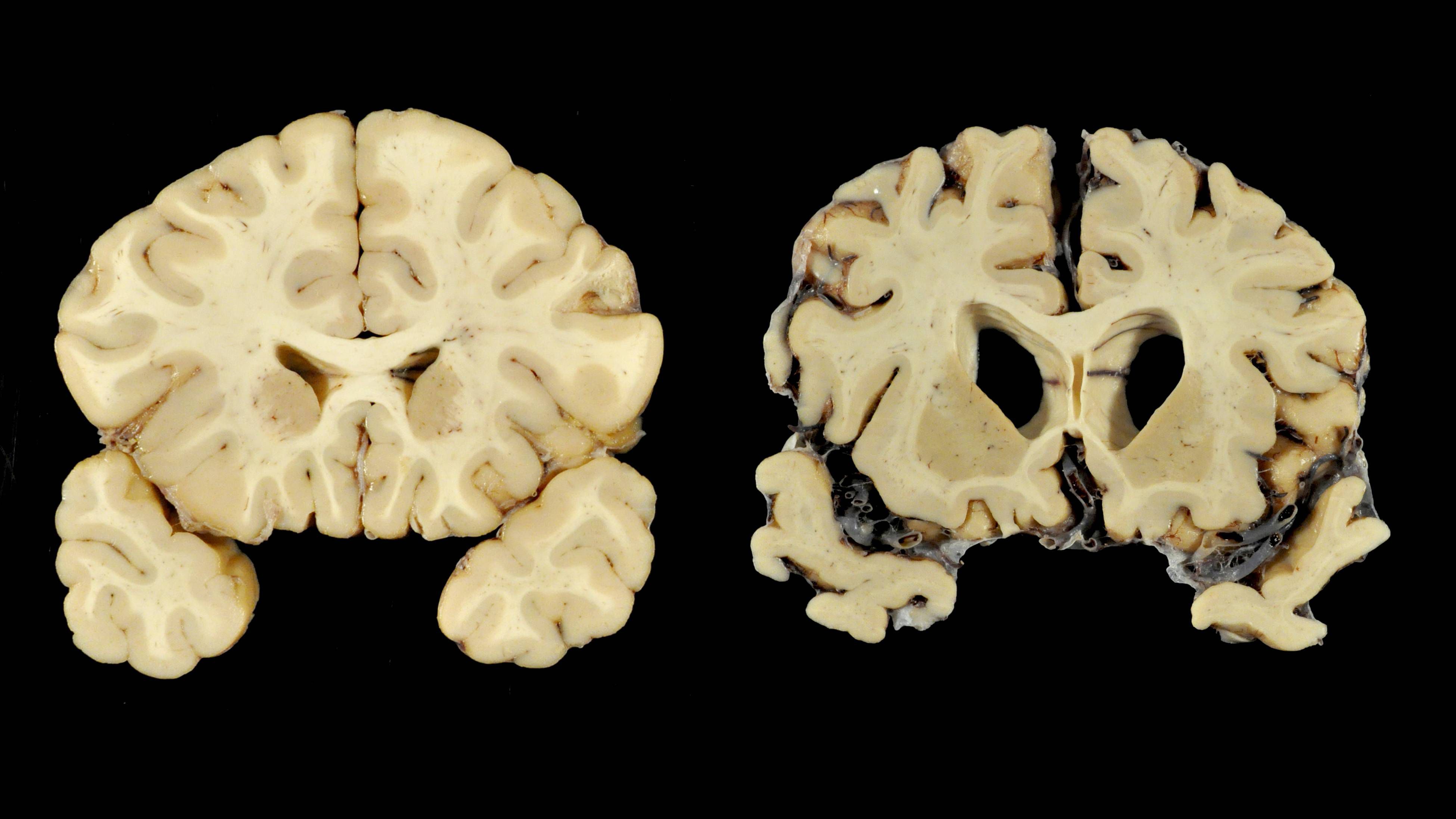Brain Health and Brain Emulation
An analysis by Michael Ulrich of how brain health pertains to the efficacy of brain emulation
So, you’ve decided that you want to have an emulation of your brain created. In this hypothetical scenario, you know that whole brain emulation has been achieved and is publicly available; or at least you expect it to be available to you in a few decades. At this point, you’re starting to think more about your brain’s health because you want to preserve it at its maximum possible quality. Maybe you quit drinking altogether because of how alcohol affects cognitive ability over time, maybe you quit playing football out of fear of potential concussions, or maybe you decide to stay indoors as much as possible to avoid any chances of causing harm to your brain in any way. While the last possibility may be an extreme measure, it is good to practice lifestyle habits that help to conserve your memory, cognitive function, and awareness by keeping your brain in a healthy state. While this is nothing new to hear from a general health awareness point of view, keeping your brain healthy takes on new meaning if you’re preparing yourself for a whole brain emulation procedure.
How the health of a patient's brain affects the preservation and the scanning of the brain
The ability to preserve an organ is the same for all ranges of health. The healthiest brain can be preserved just as well as the least healthy brain. At the point of preservation, a brain’s health condition determines what can be scanned and ultimately emulated.
Brain health includes the connectivity among synapses, the concentration of healthy cells, and the state of the neurochemical composition. For example, for a patient with concussions, it is possible that the connectivity of their synapses may not be as strong as a patient with no concussions. Additionally, for a patient who is an alcoholic, they would have compromised synapse connectivity as well as deteriorated neurons. These brain health conditions will be preserved with their brain.
During tissue scanning, all aspects of the brain’s cellular composition are recorded (including the deformations and deficits). All negative health conditions are now incorporated into the data that will be used to emulate that patient’s brain.
Effects of emulating one's brain at different ages
Consider that once a patient's brain goes into the preservation phase the brain no longer has the ability to grow. By preservation phase, we mean that the brain is removed from the body and all cell activity is frozen to be scanned later or may be scanned immediately. Obviously, a preserved brain, like any well-preserved tissue sample, cannot be subjected to continued consequences of aging either, such as accumulating deficits from dementia or Alzheimer’s disease.
Because of this, without any further tinkering or enhancements, the emulated brain will have the same maturity level as when the biological brain was removed from the patient’s body. For example, if the brain of a 10-year-old were preserved, scanned, and emulated, that mind would still have the cognitive ability of a 10-year-old. Furthermore, if the brain of a 97-year-old were preserved, scanned, and then emulated, that emulated mind would have similar cognitive capabilities of a 97-year-old.
Is there a stage in a patient’s life where they have the healthiest brain state?
To answer this, consider the determining factors: how body health affects brain health, the likelihood of one’s brain being harmed or damaged over time, the accumulation of said harm, and the effect of age on mental maturity and memory.
With these factors, the best age for brain health is not necessarily the same as one’s physical prime. Measuring body efficiency is not the same as measuring brain efficiency. For example, a patient may be in their physical prime in their early twenties, yet they are still maturing mentally and gaining valuable experience and memories that contribute to their individuality. Additionally, there is an age where mental abilities tend to decline. Since brains didn’t naturally evolve to last indefinitely, old age will bring about disabilities as one ages. At this point the patient has gone past the point of peak brain health.
Given these conditions, an estimation for an average patient’s age for maximum brain health may be between 45 and 65, as an estimate. This is considering an age where mental maturity has peaked and mental deterioration due to aging has not yet occurred.
What aspects of brain function Can Be Artificially Incorporated into the Emulation?
In the scenarios above, where we imagined brain emulation for patients with brain deficits, we were assuming that the brain emulation procedure simply does its best to create a brain emulation that reconstructs as faithfully as possible every detail of the brain in its original state.
If, once these patients have emulated brains, they are to be treated for their negative conditions (deficiencies and brain damage), then some aspects of brain function would have to be artificially corrected. For example, if a patient with Alzheimer’s were to be given a brain emulation without Alzheimer's, then the emulated brain function would not be strictly identical to that of the brain that was scanned. The features of the emulation (code, physical structure, and connections) would have to be designed and constructed within the parameters that simulate the original brain, but replacing features of the brain that Alzhiemer’s disease would affect. As another example, if a patient with damaged brain regions were to be emulated without simulating the damaged regions, then all of the affected brain functions would need artificial additions in the emulated brain that would make up for the missing healthy components of the patient’s emulated brain.
The healthier the brain that is emulated, the fewer artificial additions will need to be designed and incorporated into the emulated brain if the patient’s brain is not to be emulated with any disabilities.
Why is brain health important if artificial corrections can be made?
In addition to adding artificial components to the emulated brain of a patient to correct for disabilities, we can imagine that additions and enhancements can lead to more advanced capabilities. These abilities would be considered superhuman if characteristic cognitive abilities, such as memory fidelity and retention, awareness, and response time were optimized to the limits of the technology.
We can alter our mental capabilities through enhancements in the emulated brain. We can ask why brain health would matter at all. To understand why, consider how natural brain health differs from brain enhancement.Brains have evolved to grow and mature in a normal human body over one’s lifetime. The more that a brain is allowed to grow and mature naturally, the more complete its emulation will be.
It can be looked at as a scale of cost efficiency. Healthy brains are at a great advantage in regards to their expected outcomes when emulated with minimal corrections. Any modifications to correct for disabilities will need to be designed, coded, and implemented; which accompanying risks and time consumption. The less additional engineering a brain requires in order to be emulated, the less risk and cost will be involved. Even if a healthy brain will undergo enhancement procedures to receive superhuman abilities it will be less costly if it does not also need treatments to correct for any disabilities.
A Higher Priority to Incorporate a Lifestyle that Promotes Brain Health
There is not much difference in the answer to the question “What must one do to keep one’s brain healthy for emulation?” than any other question about general brain health. There are some new factors to consider however.
It is the natural tendency for humans to “pay for it later” with several health choices. It is part of an evolutionary trait that ultimately pertains to the survival of genetic code. In anthropology, humans have evolved to take care of their health in a way that maximizes the likelihood of dominating the gene pool. Take this classic example: some people think that smoking is cool. If they smoke, they look cool and they look appealing to the opposite sex and eventually have kids. In later life, they may have severe health consequences, but they still played their procreative role by passing on their genes. Furthermore, many doctors are seen smoking during their breaks despite their commitment to promoting health. In this case the doctor values the stress relief of nicotine over the health risks the doctor must eventually face because of the “pay for it later” evolutionary trait to prioritize health habits based on a human body’s traditional evolutionary purpose.
Now we have to ask ourselves, “How is the brain health equation different when preparing for emulation?” The difference is that in this case the brain’s need for sustaining efficiency is not catering to the age determining efficiency of the human body. There is no reason to “pay for it later” when it comes to making decisions that affect brain health. In other words, your expectation is no longer that your brain health and cognitive life will last only as long as your body’s health.
With that in mind, someone who plans to live on through whole brain emulation and mind uploading, may be particularly inclined to make lifestyle choices that promote brain health.




2 replies on “Brain Health and Brain Emulation”
Great topic! I don’t think that topic has been discussed here before at all. I get the main argument about the natural selection constraints that lead to “pay for it later” behaviors, which is probably true in many instances. I would push back a bit on the specific example, because smoking cigarettes is about more than appearances: It is quite likely that medical doctors have stressful work shifts, and it so happens that the nicotine in a cigarette is a strong nootropic, providing one possible avenue to make it through the day.
This article is really thought-provoking for me. You addressed my main objection briefly, which is that if you are uploading a brain it should be possible to correct weaknesses. Just like taking a photograph and then trying to enhance it after the fact with brightness and contrast, or an audio file with effects and equalization. Of course, the point of the article is that if the source material is better, the outcome will be as well. Good stuff!